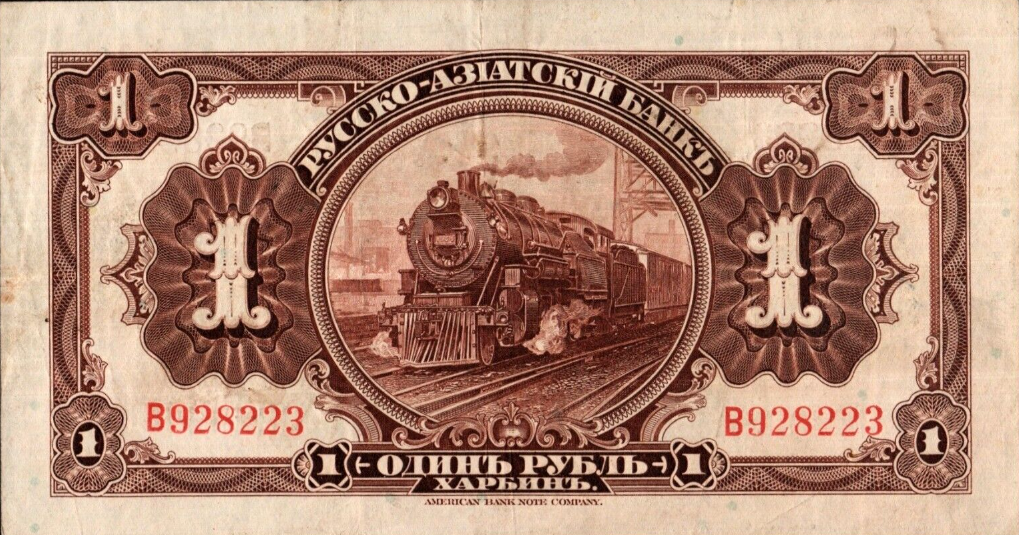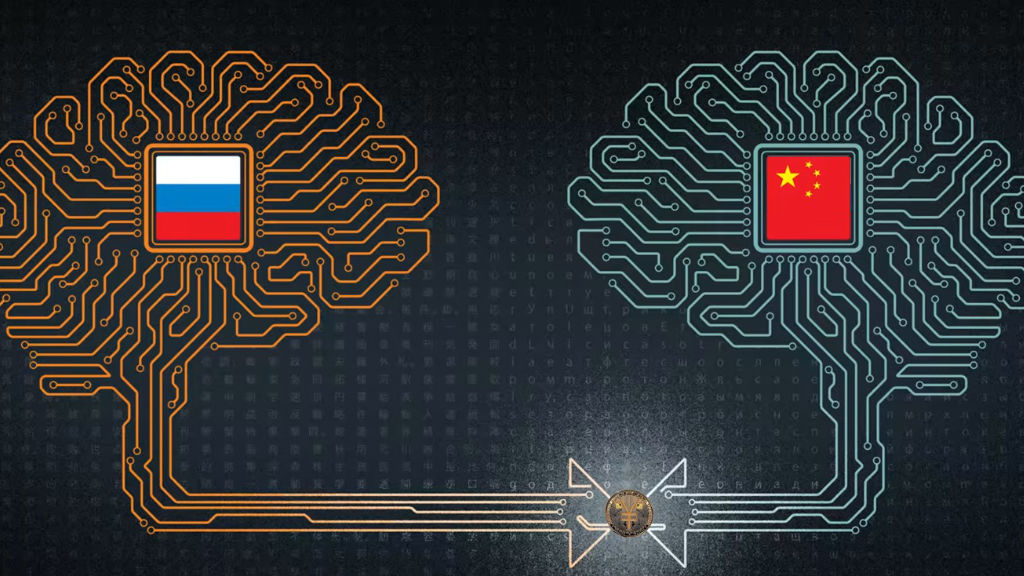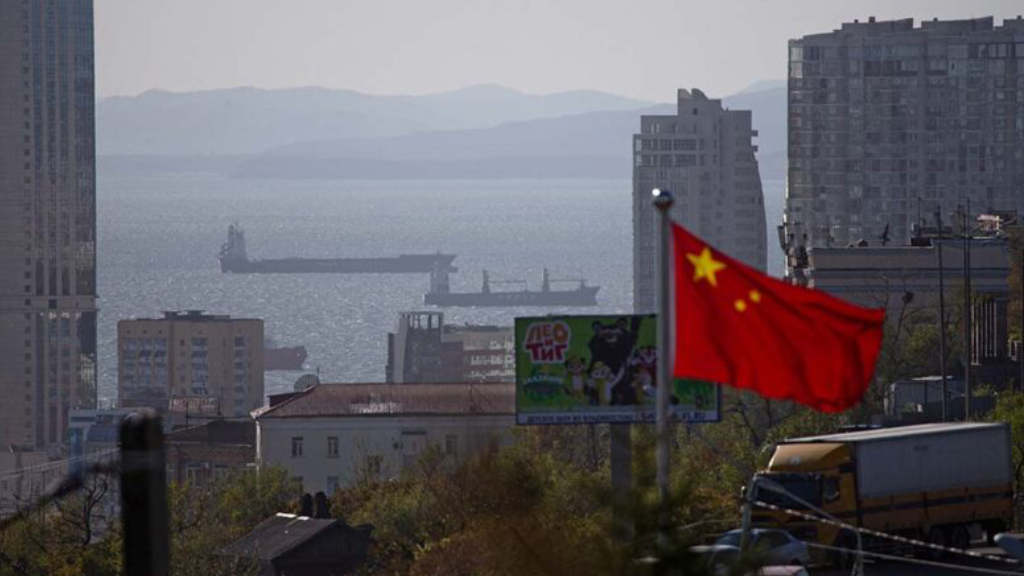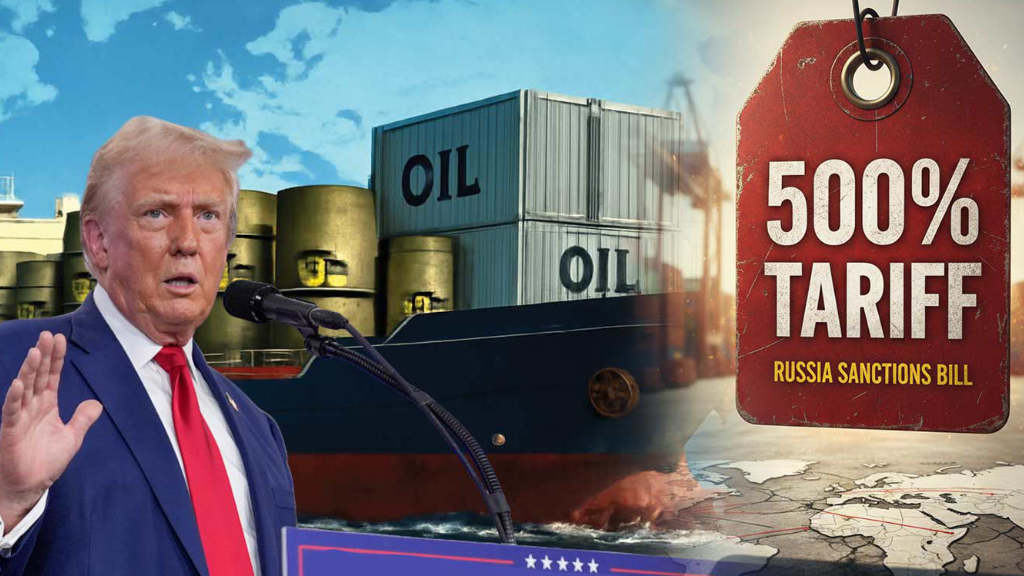Russia’s trade with China has been hampered by the impact of financial sanctions upon Russia, including not just its banks but also its SPFS payment system, which operates as an alternative to SWIFT. The United States and EU have threatened additional sanctions on any bank that conducts financial trade with Russia or connects to its SPFS system. That has made the larger Chinese banks very wary of dealing with Russian clients and / or trade.
However, the situation is starting to change. To help facilitate China-Russia trade – and China needs Russian energy to maintain its GDP growth rates – smaller Chinese financial institutions with very little or practically no international business with countries unfriendly to Russia have been stepping into the bilateral trade space. China’s small regional banks are less targeted by the West and are little exposed to new sanctions packages. If they are cut off from the SWIFT international network, it has no impact as they can connect to Russia’s SPFS system to conduct financial transfers. It means a a new generation of specialist Chinese banks – and probably in time, Russian banks as well – is emerging to concentrate on very specific trade corridors without interference from the West.
Since May this year, following discussions between the Russian and Chinese Presidents, several Russian companies have established direct payment acceptance agreements with six of the smaller Chinese banks and credit institutions in RMB Yuan. Electronic transactions have restarted.
For now, Russian importers can open accounts in these smaller Chinese banks, who have replaced the major Chinese banks who have now dropped out. China’s largest bank, ICBC, as well as the China Citic Bank, the Industrial Bank of China and others stopped accepting payments in RMB Yuan from Russian businesses in April 2024.
Many of these new generation of Chinese banks are located in North China, close to the China-Russia border. They have very little or practically no international business with countries unfriendly to Russia and therefore have some sanctions immunity. Sanctions may well be imposed but with no international trade to risk it makes Western measures something of a paper tiger.
There are some disadvantages to this solution, as these banks tend to charge higher transactional fees, and not all suppliers – especially from the manufacturing heartland in China’s southern provinces – agree to open accounts in banks based in the north of the country. However, this issue is increasingly being solved through Chinese export agents, although this adds again to the transactional costs. Today, the fastest and most reliable way to make a cross-border, Russia-China payment is through a branch of a Chinese bank in Russia or a Russian credit institution in China.
However, companies on both sides of the transaction (supplier and importer) must have an account with their agreed bank. Chinese businesses are increasingly opening representative offices in Russia and some will accept payments in Rubles as they have a longer term view on development into Central Asia where the Ruble is easily accepted. Some Chinese companies, usually from the raw materials segment, also use Cryptocurrencies for settlements. These transactions usually go through Hong Kong.
Historical Footnote

Interestingly, the current situation has some precedence. Over 100 years ago, a variety of foreign banks set up trading offices in China, including from Russia, and would set transaction rates based upon their respective currencies of the time – China was linked to a silver standard which provided a reliable value base. Russia also took part in this and established the Russo-Asiatic Bank in St.Petersburg, with a branch in Harbin, north China, which was then under Russian control. The bank also issued its own tradeable currency. Depicted above is a 1 Ruble note from 1917.





